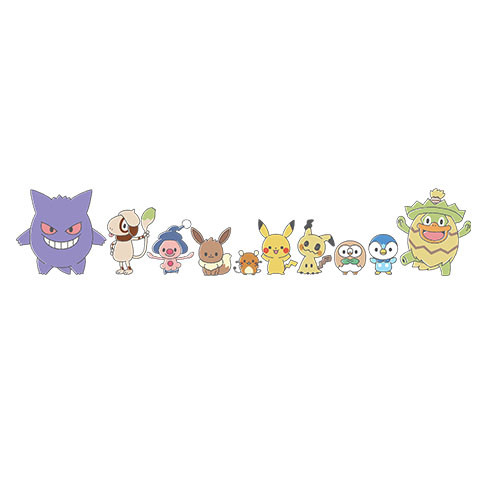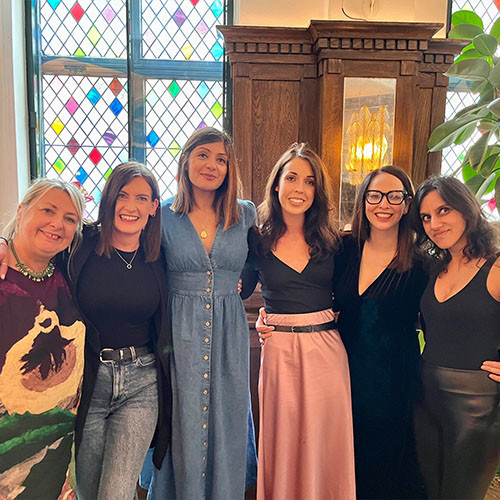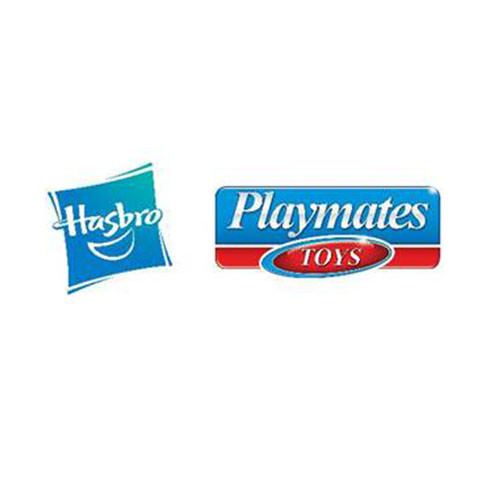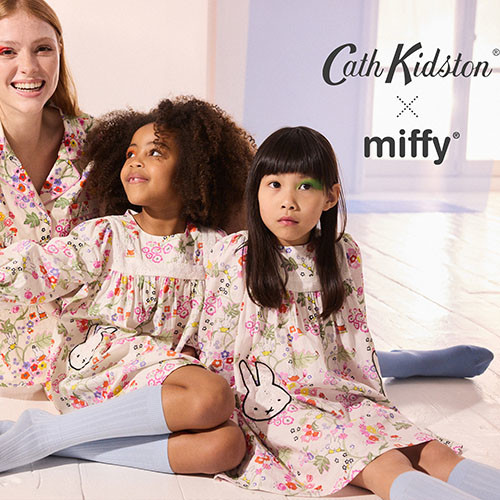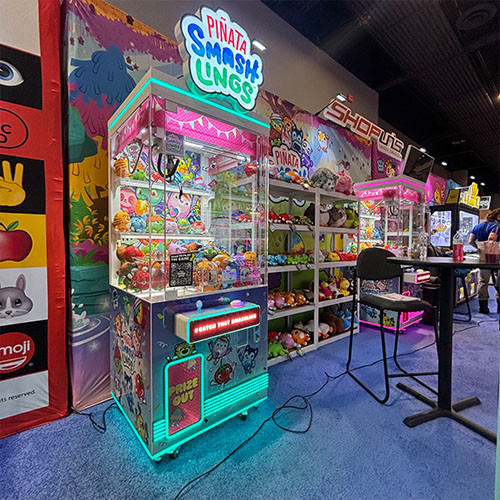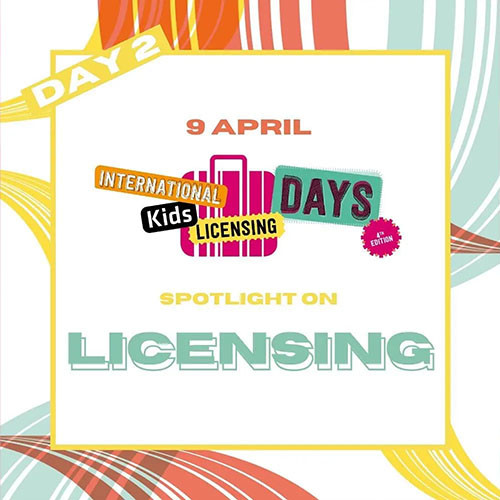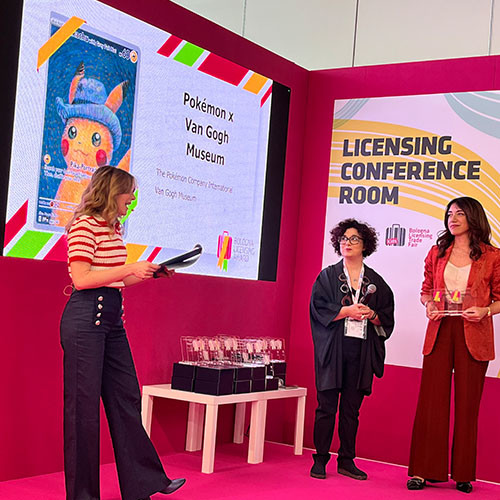New research report from WildBrain Spark examines the viewing habits and preferences of the first fully digital cohort of kids.
WildBrain Spark has published new research in partnership with Ipsos MORI that explores the influence of Generation Alpha – the first fully digital cohort of kids – and how their viewing habits and preferences impact purchasing decisions in US households.
The Streaming Generation: Shaping the future of family advertising explores key family and kids’ viewing trends, looking closely at everything from what they watch and when, to how and why they do so, and how it shapes brand preferences and purchasing decisions.
Gen As are the first generation to be born entirely in the 21st century with their birth years commonly recognised as between 2010 and 2025, with estimations that they could become two billion-strong worldwide in that time.
The research highlights how kids and families are going ‘back to the future’ by continuing to co-view long-form content on large-screen TVs, but increasingly switching to streamed content from SVOD and AVOD platforms.
The results also shows the growing importance of AVOD platforms for brands and IP owners looking to reach kids and families, and how Generation Alpha – and their parents – are navigating the practically unlimited amount of content available to them on demand.
Key findings include:
- Smart TVs remain the top choice for families when watching children’s shows, films, videos and clips together, with nearly half (46%) of parents doing so.
- AVOD is holding strong when it comes to viewing choices. YouTube and YouTube Kids combined is in second place in the list of the most watched streaming services by children (66%), only just beaten by Netflix (69%).
- The COVID-19 pandemic has given adults more time to watch TV with their children and in general – 81% of US families watch kids’ content together several times a week or more, with 44% doing so daily.
- The ‘together’ trend is set to continue. 84% of parents say the time spent watching with their children is expected to be more, or the same, in the next 12 months.
- Approximately one quarter of parents say it’s not very, or not at all likely they’ll be watching linear TV services in the next 12 months, while around seven in 10 parents are expecting time spent watching both SVOD and AVOD services in the next 12 months to remain the same or increase.
- Advertising still plays an important role within children’s viewing. Three in five parents (58%) said their children’s viewing preferences have led them to research or buy a product very often, or occasionally, in the six months leading up to June 2021.
- A third (33%) of all parents admitted the extent to which their children ask for something always increases when they have seen an ad for it.
“These compelling findings not only show the dominance of streaming amongst kids and families particularly on AVOD platforms, but also highlight the ever growing influence of Generation Alpha in the digital home,” commented Jon Gisby, evp and md at WildBrain Spark. “It’s evident that co-viewing on a big TV screen is a trend that’s here to stay, with families demonstrating a clear leaning towards meaningful, educational and socially-driven content they can experience together.
“This data provides important insights relevant to brand owners, marketers, and advertisers who need to ensure they are reaching Gen A and their families via premium content on AVOD platforms. Being a positive part of their world through both the shows families watch and the ads they see, is going to be key to any family brand’s success.”
Other key content findings included the nostalgia factor being a clear driver, with nearly two thirds of parent respondants (64%) agreeing they choose content for their children that reminds them of their childhood, while 62% of parents agree they choose “shows that I used to watch as a child”.
Other things topping the list of factors which influenced content choices were programmes that “make us laugh”, 83%, and “make us happy”, 82%, with 63% seeking out something to “help me forget about my everyday problems”.
Want to read more news like this? Simply sign up to our daily digest by clicking here. You can also follow @LicensingSource on Twitter and @licensing_source on Instagram.










